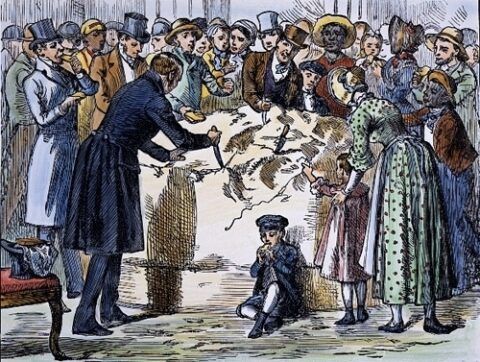
Peppermint is a flavor often associated with Christmas and peppermint-flavored candy canes commonly appear in Christmas decorations and gifts. Sweets master Elizabeth LaBau--known on the internet as the Sugar Hero--proposes 35 uses for peppermints that are appropriate for the season.
My favorite are her candy cane cups, which are pictured above. These are little cups made from whole candy canes. She partially melted them in an oven-safe shotglass-sized mold until they held their shape as functional cups when cooled.
LaBau then filled them with peppermint hot chocolate, whipped cream, and crumbled candy canes. She proposes an alternative drink for adults: peppermint schnapps. Yummy!









